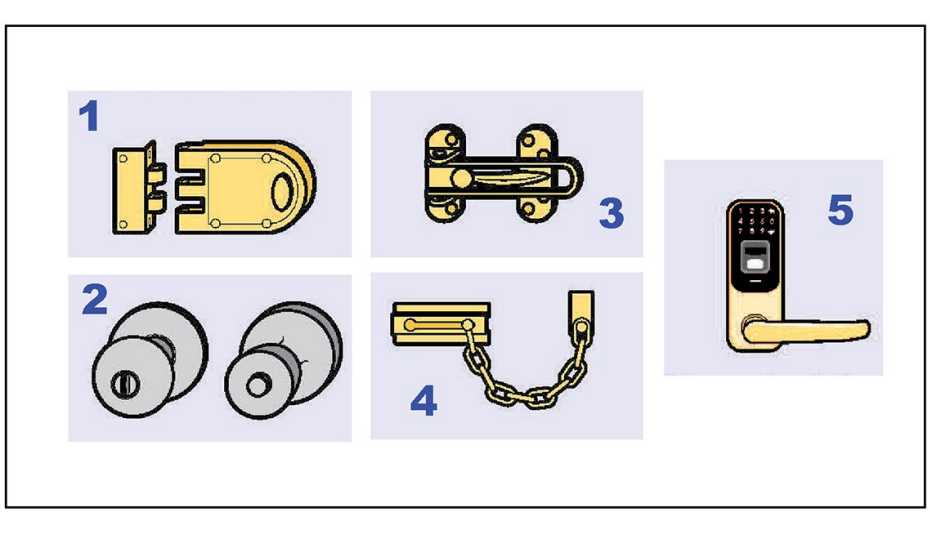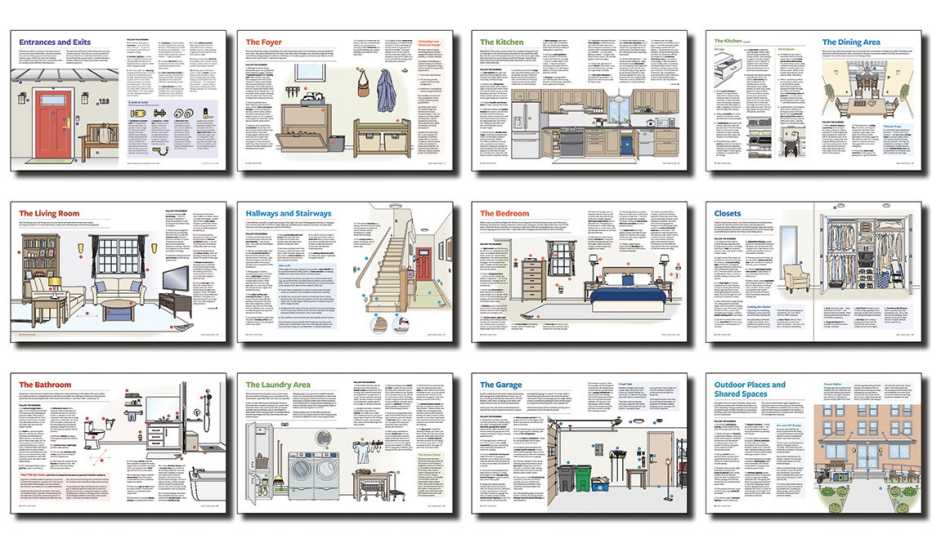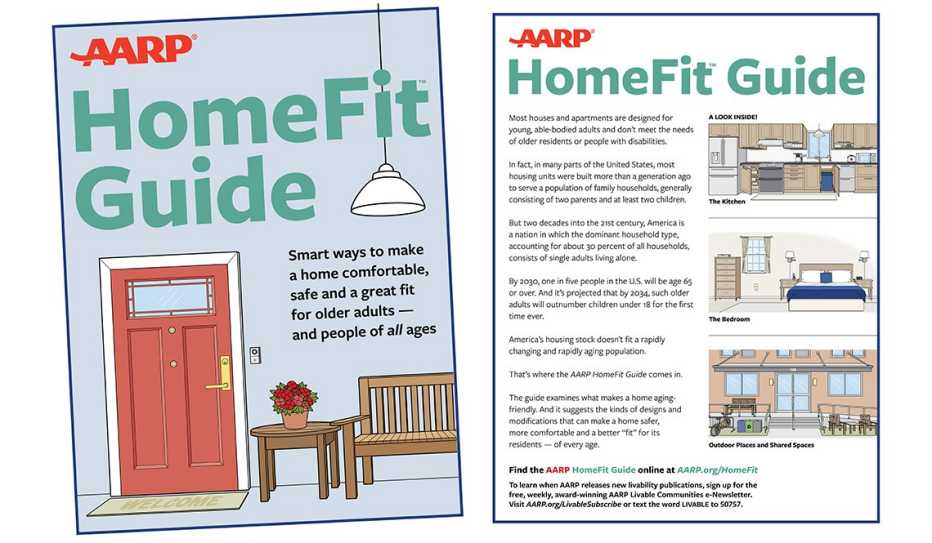AARP Hearing Center
Whether a residence is a house or an apartment, its exterior doorways should allow a smooth transition into and out of the property. Many homes have entrance steps, which can make the dwelling inaccessible to a person who uses a wheelchair, relies on crutches or has difficulty climbing stairs.
The ideal is for all homes to have at least one zero-step exterior doorway. If step-free access isn’t possible for the front of the home, a side door, back door or door located inside the garage may be a suitable substitute. Another solution is a ramp.
Share this video via YouTube
On- and Off-Ramps
An access ramp can be permanently or temporarily added to a home or building that doesn’t have a zero-step entry.
- The Americans with Disabilities Act calls for a 5-degree incline or 1:12 slope. That means every inch of vertical rise requires 12 inches of horizontal length.
- Since a three-step entrance, for instance, is about 22 inches high, a ramp would require a 22-foot horizontal length.
- When an extended length of space isn’t available, a ramp can be built with switchbacks. Each section ends at a landing where users turn and continue moving up or down until the end.
TIP: A home ramp doesn’t need to be at the front door. It can lead to any suitable door, including one inside a garage, which provides the bonus of protection from inclement weather.
A Look at Locks


- A Deadbolt or Cylinder Lock is a strong device for securing a door. If a window is near enough for someone to break the glass and reach inside to turn the bolt, a double-sided keyed bolt is used instead. (If such a lock is installed, it’s very important to keep a key inside the home and near the door so no one becomes locked indoors without a way to get out.)
- A Doorknob Lock, like the push-button or thumb-turn styles often used on bedroom or bathroom doors, isn’t the best choice for an exterior door. The lock can too easily and unintentionally be pressed or turned, resulting in someone being accidentally locked out of the home.
- A Swing Bar or ...
- Chain Lock is installed on the interior of the door and allows a person inside the home to open the door a few inches — to speak with whoever is on the other side or to sign for a delivery — while keeping the door relatively secured.
- A higher-tech solution for an entryway lock eliminates having to find or fumble with a door key. A battery-powered Digital Door Lock can be opened by using a code or a fingerprint. Some devices also work with a key, others provide a way to lock and unlock a door via a smartphone app or remote control.
AARP HomeFit Videos


AARP HomeFit Guide






























































